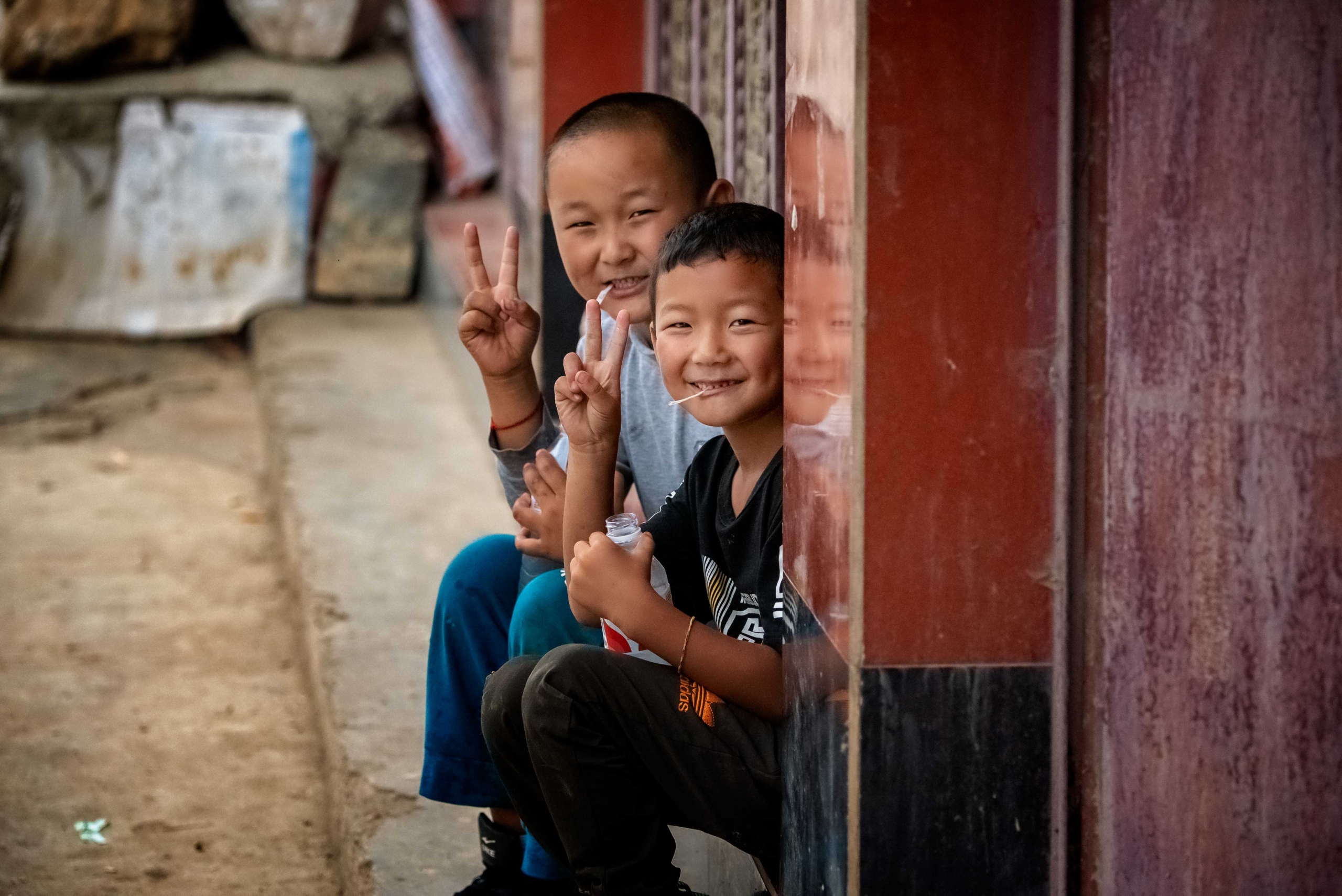Ending Child Poverty in China
 China has remarkably reduced poverty over the past four decades. The percentage of rural residents living in poverty decreased from 96.2 to 0.6% between 1980 and 2019. That means that nearly 765 million people were living in poverty, compared to the present, 6 million people. Experts agree it is important to approach child poverty in China as a multidimensional problem. Many Children are born into poverty. Therefore, reducing the general scope of poverty is important in eliminating child poverty. China has dramatically reduced poverty, and even their global hunger index, based on two pillars: economic transformation to open new opportunities and raise average income, and recognition and targeted support to people living in persistent poverty.
China has remarkably reduced poverty over the past four decades. The percentage of rural residents living in poverty decreased from 96.2 to 0.6% between 1980 and 2019. That means that nearly 765 million people were living in poverty, compared to the present, 6 million people. Experts agree it is important to approach child poverty in China as a multidimensional problem. Many Children are born into poverty. Therefore, reducing the general scope of poverty is important in eliminating child poverty. China has dramatically reduced poverty, and even their global hunger index, based on two pillars: economic transformation to open new opportunities and raise average income, and recognition and targeted support to people living in persistent poverty.
Child Poverty in China
Despite recent efforts, roughly 4.2 million children live in extreme poverty. It’s important to note that more rural children are impoverished than urban children. The families of China living in rural areas or belonging to an ethnic minority are most impacted by poverty.
Therefore, China has focused on reducing poverty in low-income rural households. There are significant differences that affect poverty in rural and urban areas. These differences include income disparities, limited access to education and health care services, poorer sanitation and overall poorer living conditions. However, according to UNICEF, the most severe forms of poverty that Chinese children experience are nutrition, access to clean water and sanitation and housing.
To focus on relieving poverty in the rural areas of China, the Anhui Yellow Mountain New Countryside Demonstration Project supported Huangshan’s rural development in several areas per the Chinese government’s initiative to “build new socialist countryside,” including investment in rural infrastructure and public services to reduce inequalities in the quality of life between rural and urban areas; improvement in the quality of tourism services to draw more tourists and create jobs and income-generating opportunities; the development of greener, higher value-added agricultural production bases and market facilities, as well as training for farmers to boost agricultural productivity.
Overall, the main objectives of the SDGs established by the UN are to eradicate child poverty and reduce the gap between urban and rural areas. To accomplish these goals, looking into the disparities between urban and rural areas and the causes of child poverty is crucial. Understanding the differences between child poverty in urban and rural areas enables us to understand better how factors related to demography, the economy, society and policy contribute to child poverty.
Current Picture
Alongside reducing rural child poverty, much has been done to end intergenerational poverty in China. According to social policy expert Peter Whiteford, child poverty is the main reason poverty is generational. China has made significant strides in reducing poverty over the past decade by promoting education, an essential feature in preventing poverty from being passed down to future generations. Since 2012, China’s government budgetary spending on education has maintained a proportion of over 4% of the nation’s GDP. It has shifted more in favor of rural areas and areas with significant populations of ethnic minorities.
At the end of 2020, China’s nine-year compulsory education stage saw only 682 drop out, down from over 600,000 dropouts in 2019. The nation has hired 950,000 teachers in total for compulsory education in rural areas, trained nearly 17 million teachers and principals for rural schools in the central and western regions under a national-level training program, provided subsidies for 1.27 million teachers from more than 80,000 schools in nearby poverty-stricken areas and sent 190,000 volunteer teachers to schools in outlying and poverty-stricken regions, border areas and areas with large ethnic populations.
It is important to look at child poverty as a multidimensional problem. Education can open the door to jobs, resources and skills to help a person survive. UNESCO estimates that 171 million people could escape extreme poverty if all students in low-income countries had only the most fundamental reading skills. The percentage of adults who did not complete their secondary education could reduce global poverty by more than half. Therefore, promoting education in China, especially in the rural areas, can be vital in reducing children’s poverty and helping break the cycle of generational poverty.
Conclusion
China’s significant reduction in overall poverty over the past four decades is commendable. However, child poverty remains a pressing issue, especially in rural areas.
China’s ongoing commitment to addressing child poverty and poverty in general through a holistic approach is an instructive example for other nations, highlighting the importance of education, health care, social support and economic opportunities. By prioritizing the well-being of its children, China is not only improving the lives of current generations but also paving the way for a more prosperous and equitable future.
– Paige Falk
Photo: Flickr
